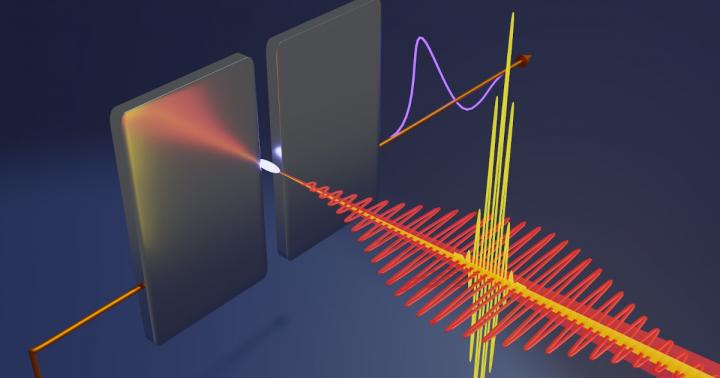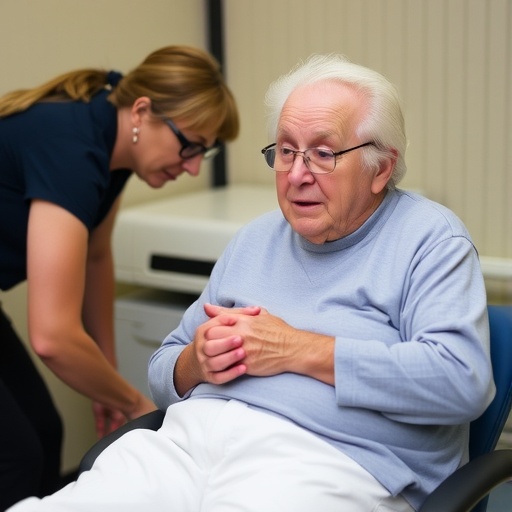
Credit: Aleksey Korobenko
Researchers at uOttawa have created a new method to measure the temporal evolution of electric fields with optical frequencies. The new approach, which works in ambient air, facilitates the direct measurement of the field waveform and could lead to breakthroughs in high-speed electronics.
To learn more, we talked to Aleksey Korobenko, a postdoctoral fellow in the Department of Physics at the University of Ottawa, and lead author of “Femtosecond streaking in ambient air”, an article recently published in the journal Optica.
Please tell us about this research project.
“The aim of our project is to resolve the electric field oscillations in a light pulse. This allows one to control the motion of electrons in quantum systems on shortest time scales and may lead to important applications such as petahertz electronics — that are a million times faster than typical modern processors.
Such a measurement was first achieved using a technique called attosecond streaking — a generalization of the long-known conventional streak camera. When irradiated with a short electromagnetic pulse, the gas molecules give up their electrons that continue their motion, experiencing the pull from the field of a second, “streaking,” pulse. Measuring the velocity that the electrons acquire due to this pull allows one to reconstruct the streaking pulse on attosecond time scales.”
What did you discover?
“In our work we demonstrated that instead of measuring the velocities of individual electrons in low-density gas samples, which requires high vacuum conditions and/or a complicated setup, one can simply measure the current induced in air plasma under ambient conditions. We probe this current using a pair of metal electrodes. which facilitates a much simpler and faster measurement of a light wave oscillation.”
Why is it important?
“We can access the time scales of the optical field oscillations in an inexpensive, fast and robust way. Owing to its simplicity, our method can become a useful tool for the ultrashort lasers research community, aiding the development of a next generation petahertz electronics.”
How was this research conducted?
“The experiments were carried out using a unique, state-of-the-art, high-power laser generating ultrashort pulses from the visible to the infrared spectrum. Performing a measurement of these pulses under different experimental conditions, we benchmarked our method against the established measurement techniques.”
Is there anything you’d like to add?
“Yes, this study is an international collaboration with researchers from the Ludwig-Maximilian University of Munich, the Max-Planck Institute for Quantum Optics in Germany and the Joint Attosecond Science Lab (NRC and uOttawa). Researchers of Canadian, Russian, German, American, Iranian, Chinese and French nationality participated in the project.
The research was conducted in the Joint Attosecond Science Laboratory, which is jointly operated by the University of Ottawa and the National Research Council.”
###
Media Contact
Justine Boutet
[email protected]
Original Source
https:/
Related Journal Article
http://dx.




